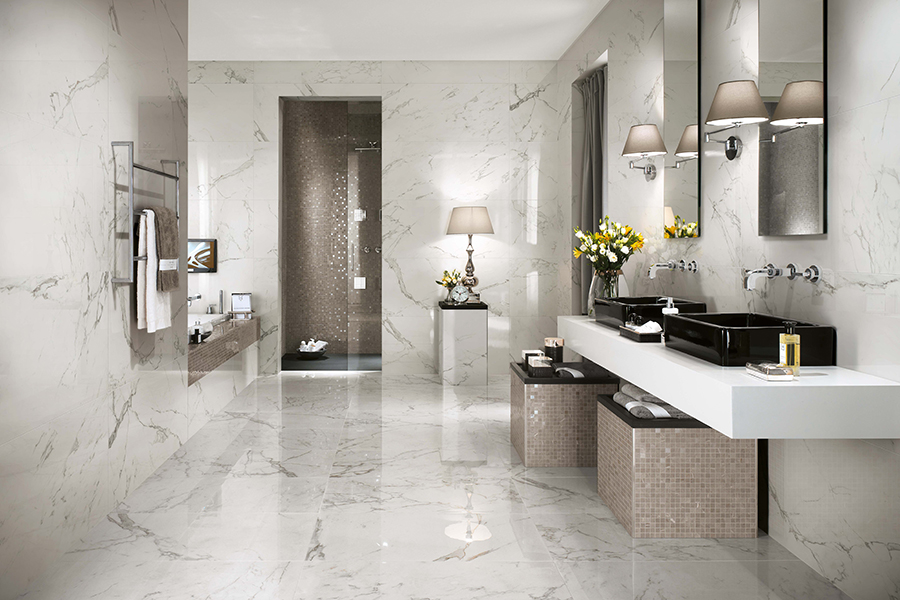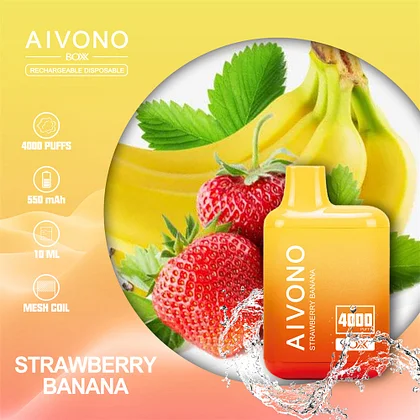Introduction: Bathroom tiles are more than just functional elements; they are an essential aspect of interior design that can elevate the aesthetic appeal of any bathroom space. Over the years, bathroom tile designs have evolved significantly, reflecting changing trends, technologies, and cultural influences. In this comprehensive guide, we will delve into the rich history and evolution of bathroom tile designs, exploring timeless styles that continue to inspire modern bathrooms.
- The Origins of Bathroom Tiles:
- Ancient civilizations such as the Egyptians, Romans, and Greeks were pioneers in using tiles for decorative and practical purposes.
- Early tiles were crafted from materials like clay, marble, and stone, adorned with intricate patterns and motifs.
- The Romans, in particular, developed advanced techniques for creating mosaic tiles, which were often used to embellish the floors and walls of luxurious bathhouses.
- Victorian Elegance:
- The Victorian era witnessed a resurgence of interest in elaborate tile designs, characterized by rich colors, intricate patterns, and geometric shapes.
- Popular motifs included floral patterns, arabesques, and quatrefoils, often hand-painted or embossed onto ceramic tiles.
- Encaustic tiles, with their vibrant colors and durable composition, became synonymous with Victorian bathrooms, adding a touch of opulence to interiors.
- Art Deco Glamour:
- The Art Deco movement of the early 20th century introduced a bold and glamorous aesthetic to bathroom design.
- Geometric shapes, streamlined forms, and bold color contrasts defined Art Deco tile designs, reflecting the era’s fascination with modernity and luxury.
- Black and white tiles, often arranged in chevron or zigzag patterns, were a hallmark of Art Deco bathrooms, exuding sophistication and style.
- Mid-Century Modernism:
- The post-war period of the mid-20th century brought about a shift towards simplicity and functionality in bathroom design.
- Mid-century modern tiles favored clean lines, minimalist aesthetics, and organic textures, reflecting the influence of Scandinavian design principles.
- Subway tiles, with their rectangular shape and beveled edges, emerged as a popular choice for both walls and floors, offering a timeless yet contemporary look.
- Retro Revival:
- In recent years, there has been a resurgence of interest in retro-inspired bathroom tiles, as homeowners seek to infuse their spaces with nostalgic charm.
- Retro tile designs often draw inspiration from the 1950s and 1960s, featuring playful colors, geometric patterns, and whimsical motifs.
- Penny round tiles, hexagonal tiles, and bold, graphic prints are all hallmarks of retro-style bathrooms, adding personality and character to modern interiors.
- Contemporary Trends:
- Today, bathroom tile designs encompass a wide range of styles, materials, and finishes, catering to diverse tastes and preferences.
- Popular trends include large-format tiles, marble-look porcelain tiles, and textured finishes like matte, gloss, and satin.
- Neutral color palettes, such as shades of grey, beige, and taupe, remain perennial favorites for creating timeless and versatile bathroom spaces.
- Eco-Friendly Innovations:
- With growing awareness of environmental sustainability, there is a rising demand for eco-friendly tile options in bathroom design.
- Recycled glass tiles, sustainable ceramics, and natural stone tiles sourced from responsible quarries are all eco-conscious choices for eco-friendly bathrooms.
- Innovative technologies, such as water-saving shower tiles and energy-efficient radiant heating systems, further enhance the eco-friendliness of modern bathrooms.
Conclusion: Bathroom tiles have come a long way since their humble beginnings, evolving from simple utilitarian surfaces to intricate works of art. Whether inspired by the elegance of the Victorian era, the glamour of Art Deco, or the simplicity of mid-century modernism, there is a wide array of timeless designs to choose from. By embracing innovation, sustainability, and individual creativity, bathroom tiles continue to redefine the boundaries of design, shaping the aesthetics of bathrooms for generations to come.



